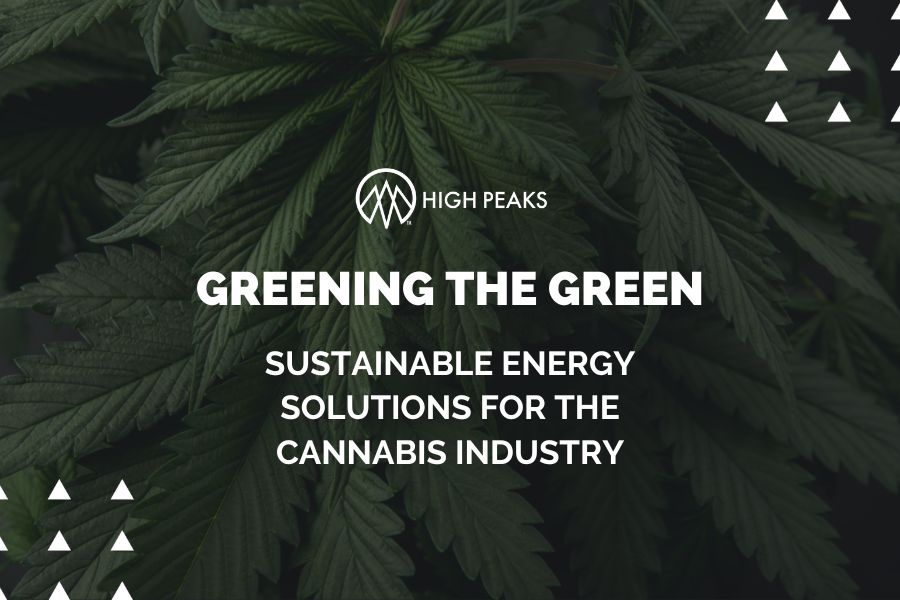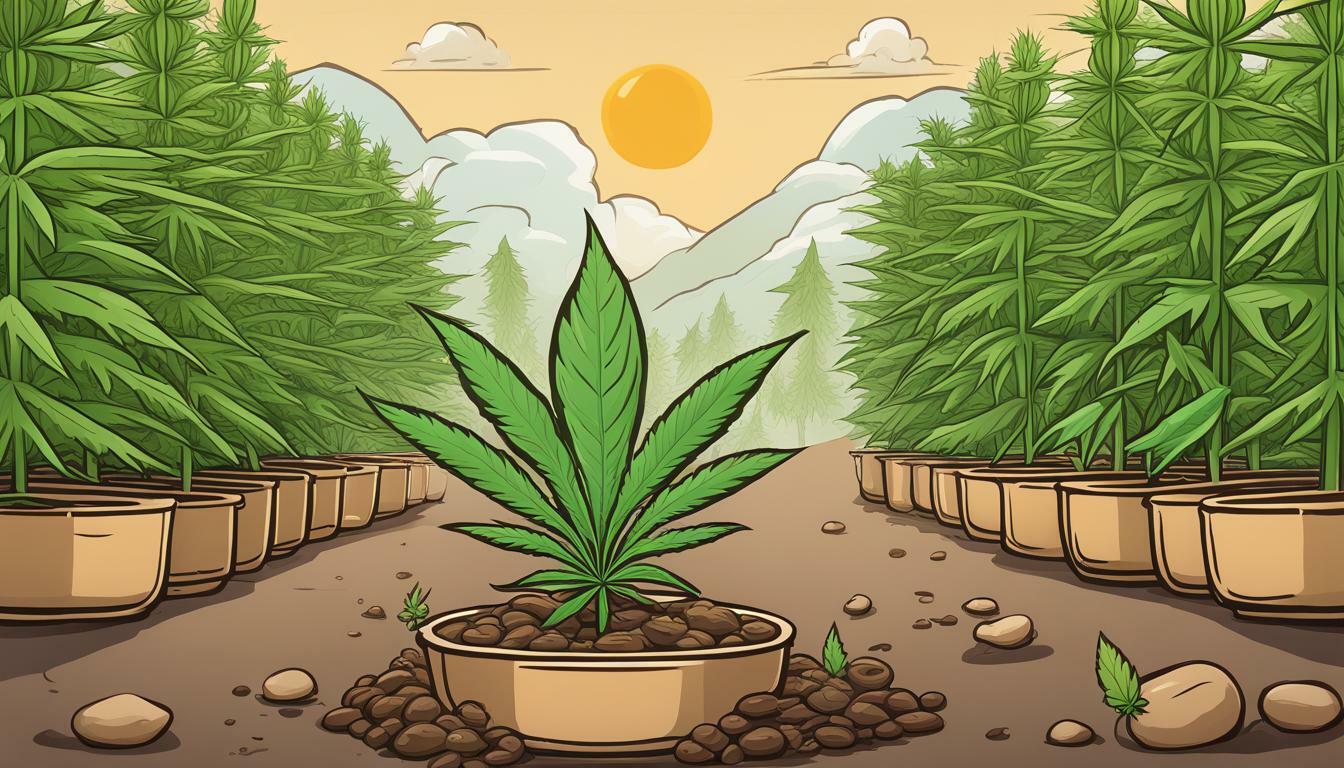As the cannabis industry gains prominence, addressing its environmental impact becomes increasingly crucial. Traditional cultivation methods often involve high energy consumption and a substantial carbon footprint, raising concerns about the industry’s long-term sustainability.
To meet this challenge, a paradigm shift is required, one that embraces innovative, eco-friendly practices. Together, we’ll explore three cutting-edge approaches that are revolutionizing the cannabis sector, transforming it into a model for sustainable agriculture, and ensuring a greener future for all.
Efficient Indoor Farming Technologies
As cannabis is often grown indoors to maintain optimal growing conditions, energy consumption can be high due to artificial lighting, heating, and ventilation systems. By implementing energy-efficient technologies, cultivators can reduce their environmental impact and cut operational costs.
- LED Lighting: LEDs are up to 70% more energy-efficient than traditional high-pressure sodium (HPS) lights, and they produce less heat, reducing the need for additional climate control measures. Additionally, LED lights can be fine-tuned to provide the specific light spectrum needed for cannabis growth, improving overall plant health and yield.
- Smart HVAC Systems: Automated heating, ventilation, and air conditioning (HVAC) systems can optimize energy use by maintaining precise environmental conditions, adjusting for temperature and humidity changes, and reducing the risk of crop loss due to environmental stress. This ensures efficient energy use while maintaining optimal growing conditions.
Renewable Energy Integration
Harnessing renewable energy sources can significantly reduce the carbon footprint of cannabis cultivation facilities. Utilizing solar, wind, and geothermal power not only cuts emissions but can also provide long-term cost savings.
- Solar Power: Installing solar panels on cultivation facilities can help generate a substantial portion of the energy required for operations. In some cases, excess energy can be stored in batteries or sold back to the grid, creating an additional revenue stream.
- Wind Power: In areas with consistent wind patterns, wind turbines can be a viable source of renewable energy. By incorporating wind power, cannabis companies can reduce their reliance on fossil fuels and lower greenhouse gas emissions.
Embracing Sustainable Growing Practices
Beyond energy use, sustainable growing practices can help reduce the environmental impact of cannabis cultivation. By adopting eco-friendly methods, growers can conserve resources and minimize waste.
- Water Conservation: Utilizing drip irrigation systems and collecting rainwater can significantly reduce the amount of water required for cannabis cultivation. Additionally, growers can employ water-saving techniques such as recirculating hydroponic systems to minimize waste.
- Organic Cultivation: By using organic fertilizers and pest management techniques, cannabis growers can minimize the use of synthetic chemicals that may harm the environment. Additionally, organic cultivation practices often result in higher-quality products, appealing to environmentally-conscious consumers.
Sowing Sustainability
As the cannabis industry continues to grow, implementing sustainable energy solutions and eco-friendly practices is paramount to reducing its carbon footprint. By embracing efficient indoor farming technologies, integrating renewable energy sources, and adopting sustainable growing practices, the cannabis industry can set a precedent for environmentally responsible agriculture. It’s not only about greening the green – it’s about ensuring a cleaner, healthier future for everyone.





